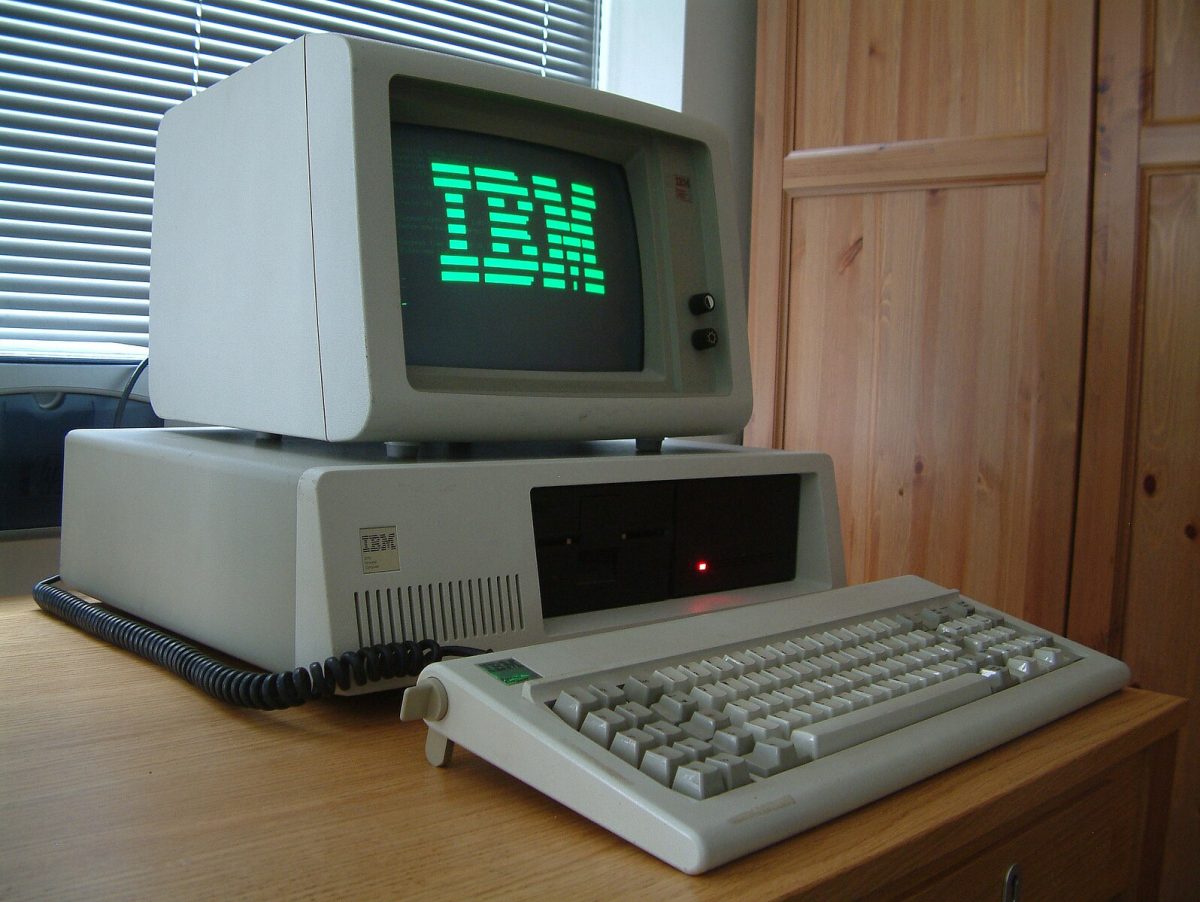Stocks jumped on Monday, Oct. 13, with the S&P 500 rising 1.6%, the Nasdaq composite gaining 2.4% and the Dow Jones Industrial Average adding 1.3%.
In commodities, silver futures surged to a record $50.13 as strong safe-haven demand, expected Federal Reserve rate cuts and severe physical supply constraints in global markets drove a squeeze in available silver. Unlike gold, silver lacks central-bank buffers.
Oil spiked during the session but gave back some gains after news of the Israel-Gaza ceasefire weighed on geopolitical risk premiums.
On Tuesday, Oct. 14, the major stock indices were mixed. The S&P 500 edged up slightly by about 0.3%, the Dow rose 0.4% and the Nasdaq was roughly flat.
Goldman Sachs reported a 46% jump in investment banking revenue and a notable increase in fixed income trading, largely driven by the current economic and political climate boosting deal flow.
Meanwhile, silver prices nudged upward, reflecting some safe-haven demand and a weaker U.S. dollar. The DXY fell to 99.21, signaling a weaker U.S. dollar as markets priced in a potential Fed rate cut. This dovish expectation pushed yields lower across the curve, reflecting easing rate expectations and softer inflation sentiment. The weaker dollar also lifted commodities and equities, as investors rotated toward risk assets amid the lower-rate outlook.
On Wednesday, Oct. 15, U.S. stocks moved higher. The S&P 500 was up 0.8%, the Nasdaq up 1.2% and the Dow up 0.6%.
Treasury yields fell after China announced new rare-earth export controls targeting high-tech and defense materials. The move increased global tension and pushed investors toward safer U.S. Treasuries. When bond prices rise, yields fall. As a result, yields on the 2-year, 10-year and 30-year Treasuries all declined. Meanwhile, the U.S. dollar weakened against the euro, yen and the British pound as markets priced in the chance of Fed interest rates cuts or slow tightening to support growth if the economy cools.
The market was weaker on Thursday, Oct. 16. The S&P 500 fell about 0.6%, the Dow dropped 0.7% and the Nasdaq slipped 0.5%. The drop came mainly from renewed worries about regional banks, after reports of potential loan losses reignited concerns about credit stress.
In the tech industry, Taiwan Semiconductor Manufacturing Company reported a strong third quarter, with a revenue of $33.1 billion, driven by surging artificial intelligence chip demand.
It’s the only chip machine supplier, aside from ASML Holding N.V. that also delivered solid bookings, underscoring that TSMC ramped up advanced-node chip production.
U.S. stocks finished higher on Friday, Oct. 17, with the S&P 500, the Dow and the Nasdaq each rising about 0.5%. The market got a boost after President Donald Trump said his administration was preparing to meet with China’s President Xi Jinping. He hinted that the planned 100% tariffs on Chinese goods might not actually happen, which helped ease the concerns over the trade war.
In the bond market, the 10-year yield went back up around 4% as investors shifted out of safe-haven trades.






